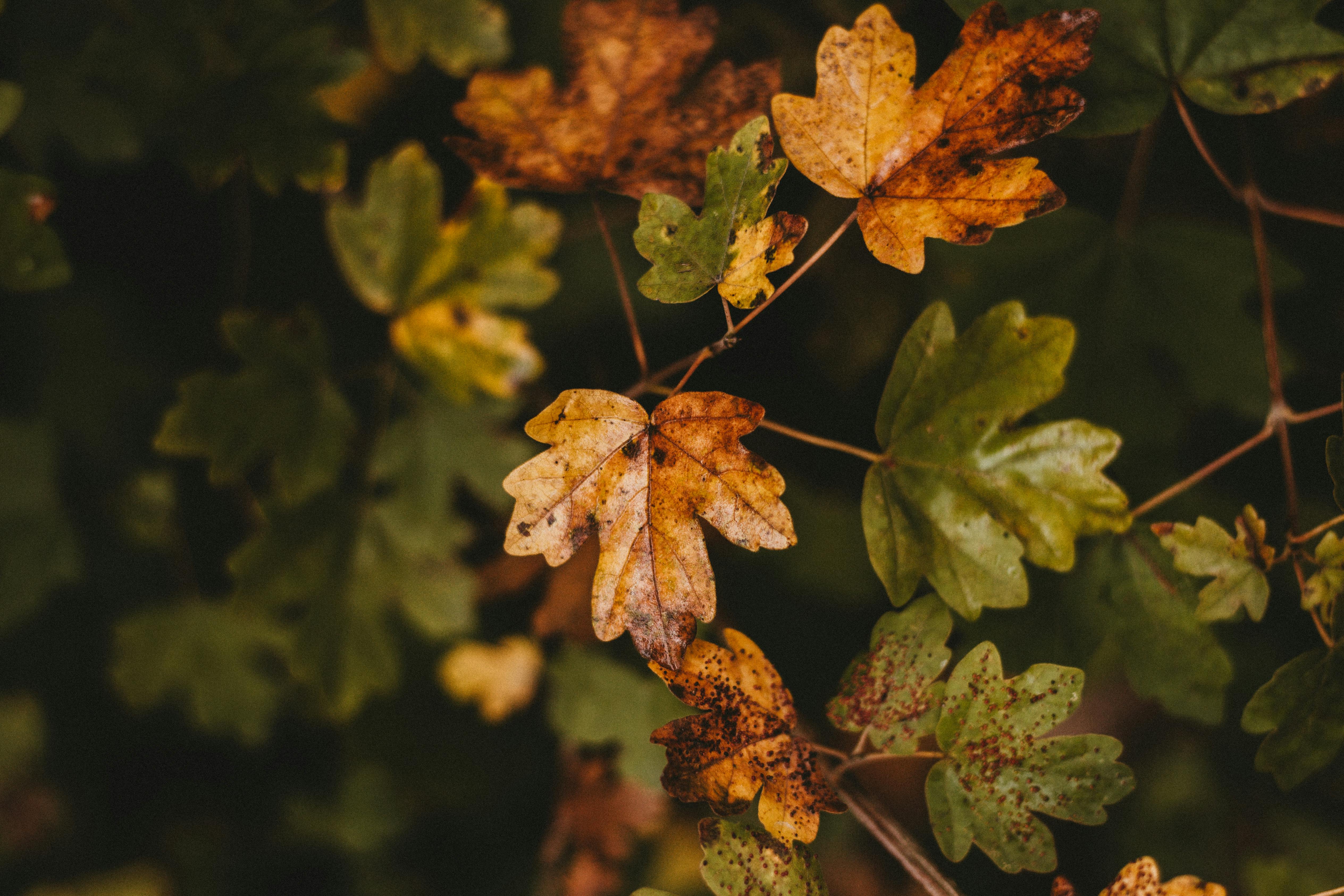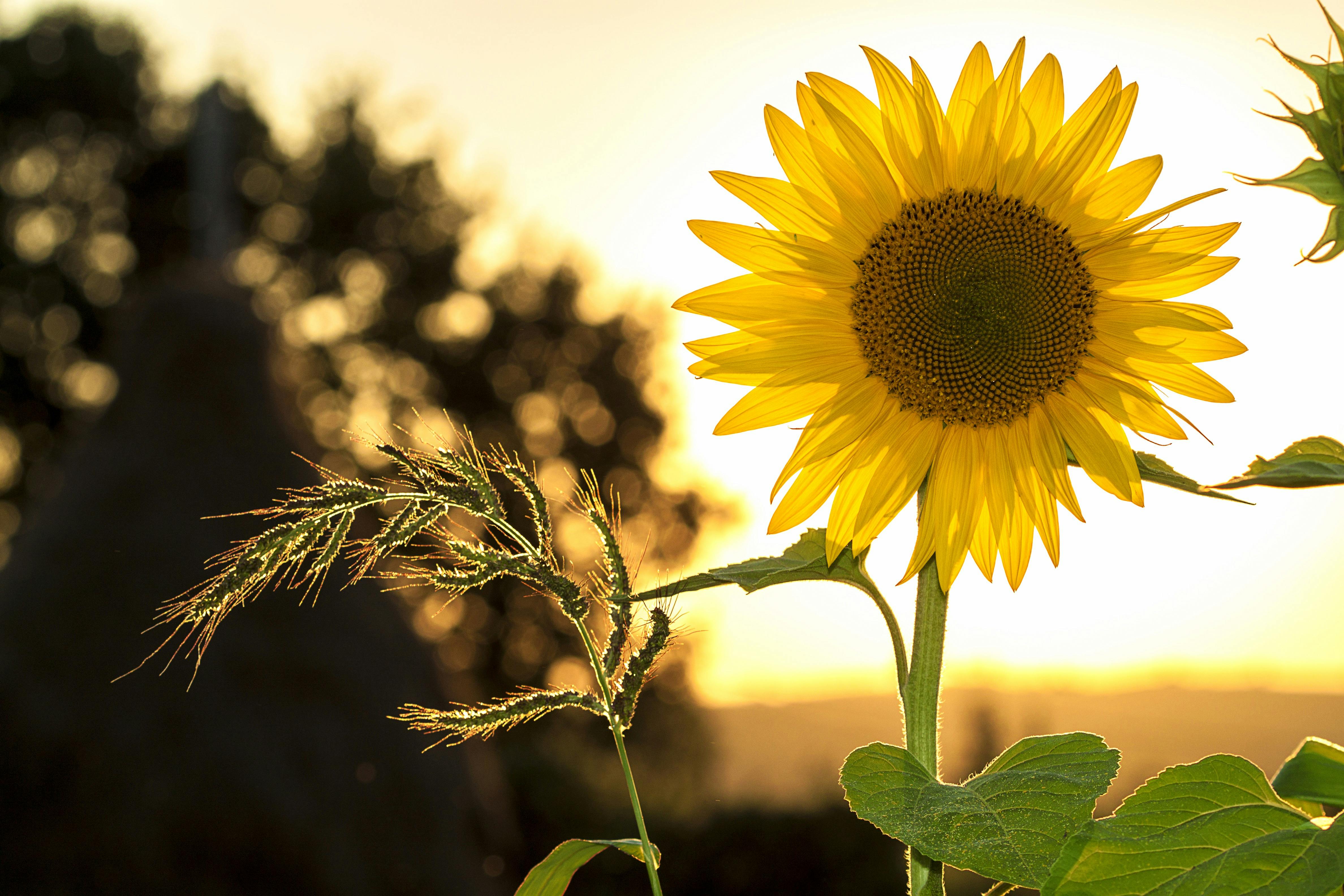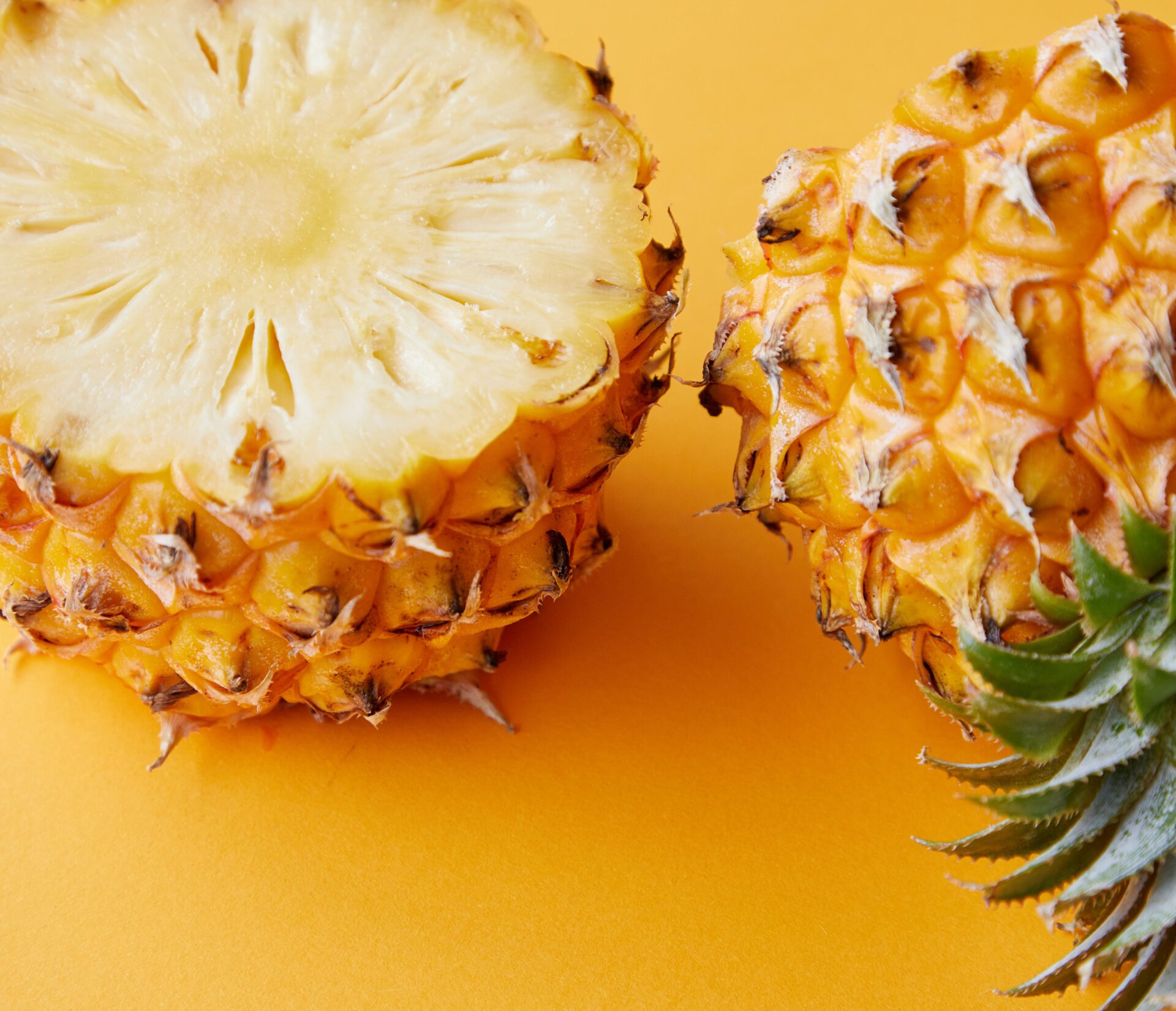Pineapple plants are a popular tropical fruit that are often grown in home gardens. Unfortunately, sometimes these plants can turn yellow, which can be concerning to gardeners. If your pineapple plant is turning yellow, it could be caused by a number of factors, ranging from nutrient deficiencies to environmental stressors or even pests. In this article, we will discuss the possible causes of yellowing pineapples and how to address them.Pineapple plants turning yellow can be caused by several factors, including nutrient deficiencies, pests, disease, and environmental stress. Nutrient deficiencies can be caused by either not having enough essential nutrients like nitrogen and potassium in the soil or not having enough of the correct pH for the pineapple plant. Pests such as mealybugs and aphids can suck the sap from a pineapple plant’s leaves and cause them to turn yellow. Disease such as root rot or leaf spot can also cause yellowing of pineapple plants. Environmental stressors such as too much water, too little sunlight, or extreme temperatures can also cause yellowing of the leaves.
Yellowing Leaves
If your pineapple plant is turning yellow, the first thing to check is the leaves. Yellowing of the leaves can indicate a variety of issues, including nutrient deficiencies, excessive light or heat, or overwatering. To determine what’s causing the yellowing, inspect your plant for other signs of distress such as wilting, discoloration, or browning of the leaf edges. If you notice any of these signs, it’s important to take corrective measures as soon as possible to prevent further damage to your plant.
Pest Infestation
Another potential cause of yellowing in pineapple plants is pest infestation. If you notice small holes in the leaves or white spots on the underside of the leaves, then it’s likely that your plant has been infected with pests such as aphids or mealybugs. If this is the case, you will need to take steps to eliminate these pests from your plant and restore it back to health.
Water Stress
If you are watering your pineapple plant too much or too little, this could also be causing its leaves to turn yellow. Overwatering can cause root rot and lead to nutrient deficiencies in the soil while underwatering can cause excessive wilting and discoloration. Make sure you are following a regular watering schedule and adjusting it according to changes in season and temperature.
Fertilizer Deficiency
Finally, if your pineapple plant is turning yellow due to a nutrient deficiency then this could be resolved by fertilizing regularly with a balanced fertilizer that contains all essential nutrients. Apply fertilizer every two weeks during summer and every four weeks during winter for best results.
Yellowing of the Pineapple Plant
The yellowing of a pineapple plant is a common symptom of an unhealthy plant. It can be caused by various factors, such as inadequate sunlight, incorrect watering, or nutrient deficiencies. If left untreated, the yellowing can spread and cause further damage to the plant. It is important to identify and treat the underlying cause in order to ensure a healthy pineapple plant.
The first symptom of yellowing in a pineapple plant is typically discoloration of the leaves. The leaves may become pale or yellowish-green, with some dark spots appearing on the underside of the leaf blades. In more severe cases, the leaves may become completely yellow or even brown. The yellow coloration will usually start at the tips of the leaves and spread downward towards the base.
Another symptom that is often associated with yellowing pineapple plants is wilting or drooping of foliage. This wilting may be caused by inadequate watering or nutrient deficiencies and can contribute to further discoloration of the leaves. If you notice your pineapple plant’s leaves drooping or wilting, it is important to assess its water needs and investigate any potential nutrient deficiencies that could be causing it.
In addition to these signs, other symptoms may also be present in a pineapple plant suffering from yellowing such as stunted growth and reduced fruit production. If you notice any of these symptoms in your pineapple plant, it is important to take action immediately in order to save your plant before it becomes too damaged.
In conclusion, if you notice your pineapple plant turning yellow or other signs mentioned above, it is important to take action quickly in order to prevent further damage from occurring. Pay attention to its water needs and investigate any potential nutrient deficiencies that could be causing it so you can provide your pineapple with optimal growing conditions once again!
Diagnosing the Cause of the Pineapple Plant Turning Yellow
Pineapple plants are a tropical fruit that can be grown in warm climates. Unfortunately, when pineapple plants turn yellow, it can be due to a variety of causes. Knowing what is causing the yellowing of your pineapple plant is essential for figuring out the best course of action for treating it. Here are some tips on how to diagnose the cause of the pineapple plant turning yellow.
The first step in diagnosing why your pineapple plant is turning yellow is to check for signs of pests or diseases. If you notice any signs of pests such as small insects or webs, then you need to treat the plant for them right away. If there are no signs of pests, then you should inspect the soil for any signs of disease such as fungi or bacterial growth. Treating these diseases with fungicides or antibiotics may help restore your plant’s health.
The next step is to make sure that your pineapple plant is receiving enough light and water. Pineapple plants require at least 6 hours of direct sunlight per day, so if yours isn’t getting enough light, then it may be turning yellow as a result. Additionally, make sure that you are watering your pineapple plant regularly and not over-watering it, as this can lead to root rot and other problems.
Finally, consider whether or not your pineapple plant has been exposed to too much fertilizer or other chemicals. Too much fertilizer can burn the roots and leaves of your pineapple plant and lead to yellowing. Similarly, if you have recently applied herbicides or pesticides near your pineapple plant, then it could be suffering from chemical poisoning.
By following these steps, you should be able to diagnose why your pineapple plant is turning yellow and take appropriate action to restore its health. If after taking all precautions mentioned above you still cannot identify what is causing the problem with your pineapple plant, then it may be wise to seek professional advice from a local gardening expert who will be able to help diagnose and treat any issues with your beloved fruit-bearing friend!
Yellowing of the Pineapple Plant
The yellowing of a pineapple plant can be caused by various environmental and nutritional factors. Environmental factors such as too much sun or water can cause the leaves to yellow, while a lack of nutrients in the soil can also lead to yellowing. In addition, pests and diseases can cause the leaves to turn yellow, as well as improper fertilization or poor irrigation practices.
If the pineapple plant is turning yellow due to environmental factors, it is important to adjust the conditions accordingly. If there is too much sun exposure, move the plant to an area with less direct sunlight. If there is too little sun exposure, move it to a location with more light. It is also important to check that the soil is not over-watered or under-watered; adjust irrigation accordingly if needed.
Nutritional deficiencies can also be a factor in yellowing of pineapple plants. To help ensure your plants get the proper amount of nutrients, use an appropriate fertilizer for pineapple plants and ensure that you are fertilizing regularly. Additionally, it may be beneficial to test your soil for nutrient levels so you can adjust your fertilizer application as needed.
Finally, pests and diseases can also cause yellowing of pineapple plants. Be sure to regularly inspect your plants for signs of pests or disease and take appropriate action if necessary. Proper pruning and sanitizing tools when pruning will help reduce the risk of pest infestations and diseases in your plants.

Can Over-Watering Cause a Pineapple Plant to Turn Yellow?
Yes, over-watering a pineapple plant can cause it to turn yellow. Too much water can drown the plant, depriving it of oxygen and causing the leaves to turn yellow and start to wilt. The roots of the pineapple plant will also be weakened by too much water, as they need oxygen to stay healthy. This can have a direct impact on the health of the pineapple plant as it won’t be able to absorb enough nutrients from the soil. In addition, when there is too much moisture in the soil, it can create an environment where fungi and other pathogens can thrive and damage the root system.
When a pineapple plant is overwatered, it is important to take steps immediately to stop it from turning yellow. First, reduce watering frequency and ensure that the soil around the pineapple plant has had time to dry out before watering again. Removing excess water from around the base of the plant will also help prevent further damage from occurring. It is important to check that the root ball of the pineapple plant is not waterlogged before watering again as this can cause root rot which may ultimately kill off your pineapple plant. Additionally, adding mulch around your pineapple plant can help retain moisture in hot climates while keeping its roots cool in cooler climates.
Check the Watering Schedule
If your pineapple plant is turning yellow, the first step is to check your watering schedule. Make sure you are not overwatering or underwatering your pineapple plant. Overwatering can cause yellow leaves due to root rot, while underwatering can cause the leaves to turn yellow from lack of nutrients. Test the soil with a moisture meter and adjust your watering schedule accordingly.
Check for Pests or Diseases
Yellow leaves may also be a sign of pests or diseases. Inspect your pineapple plant for signs of pests, such as aphids, mealybugs, scale insects, and mites. If you find any pests on your plant, use an appropriate pesticide or insecticide to treat them. You should also check for signs of disease such as fungus or rot. If you find any signs of disease, treat with an appropriate fungicide.
Ensure Proper Lighting
Pineapple plants need plenty of bright light in order to thrive. If your pineapple plant is not getting enough light, it could cause the leaves to turn yellow. Move your pineapple plant to a spot where it can get at least 6 hours of direct sunlight per day if possible.
Fertilize Regularly
Pineapple plants need regular fertilizing in order to stay healthy and green. Use a balanced fertilizer formulated for tropical plants every few weeks during the growing season (spring through fall). Follow the instructions on the package carefully and do not over-fertilize as this can also cause yellow leaves.
Check Soil pH
Pineapple plants prefer soil with a pH between 5 and 7. Test the soil in the pot with a pH test kit and adjust as needed if it is too acidic or alkaline for your pineapple plant’s needs.
Does Fertilizer Help Prevent a Pineapple Plant from Turning Yellow?
Yes, fertilizer can help prevent a pineapple plant from turning yellow. Fertilizers provide essential nutrients to the plant, which can help it remain healthy and resist yellowing. In particular, fertilizers that are high in nitrogen can help the plant maintain its green color by stimulating new growth and helping plants absorb more light. Additionally, fertilizers with both nitrogen and phosphorus can help promote blooming and flowering, which keeps the pineapple’s color vibrant for longer periods of time.
It is important to note that there are other factors that may lead to yellowing in pineapple plants, such as too much sun or water stress. Therefore, it is important to monitor your pineapple plant’s environment and adjust accordingly in order to keep it from turning yellow. Applying fertilizer regularly is an important part of maintaining a healthy pineapple plant, but should be part of an overall care routine that also includes proper watering and adequate sun exposure.

Conclusion
Yellowing of a pineapple plant can have many causes, from physiological and environmental stress to deficiencies in nutrients. It is important to identify the cause of the yellowing to ensure that the plant is healthy and can continue to produce fruit. If environmental conditions or nutritional deficiencies are the cause, then adjusting these factors may help return the pineapple plant to its healthy green color. If physiological stress is suspected, then providing appropriate care and making sure that the pineapple plant is healthy can help restore its vigor.
Overall, it is important to be aware of why a pineapple plant may be turning yellow in order to provide proper care and ensure that it remains healthy and productive.



